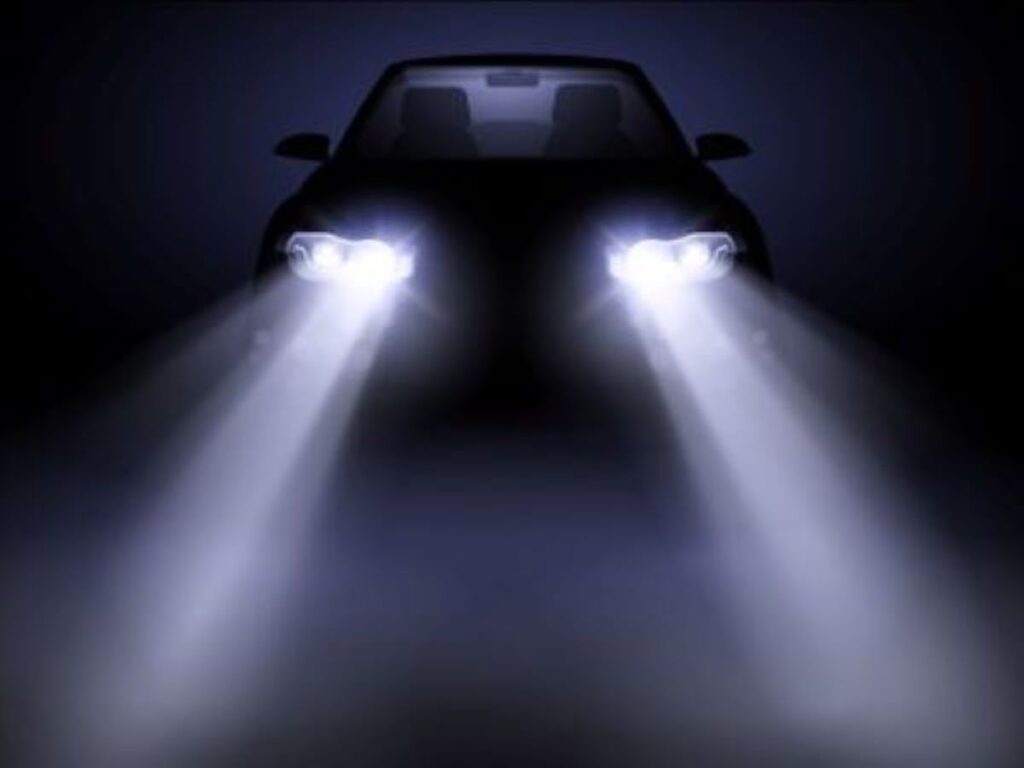
Picture a world where your car’s headlights adjust dynamically, illuminating the road ahead without blinding oncoming drivers. This technology is a reality in regions like Europe and Asia with adaptive driving beam (ADB) headlights. These headlights are designed to shape light beams precisely, avoiding glare while providing enhanced visibility. Unfortunately, ADB headlights have yet to make their mark in the United States.
Automatic high beams, a common feature in US cars, offer a partial solution by switching between high and low beams based on detected vehicles. However, relying solely on low beams limits visibility, posing safety risks. Despite the anticipation sparked by US auto safety regulations enacted in 2022, intended to pave the way for ADB headlights, their implementation faces significant hurdles.
The complexity arises from divergent regulatory standards between the US and other countries. While ADB technology has thrived elsewhere for years, US regulations have lagged behind. Even though luxury cars equipped with ADB-enabled headlights are sold in the US, regulatory constraints prevent their adaptive functionalities from being activated. This discrepancy underscores the need for regulatory reform to align with global standards.
The issue lies in the stringent requirements imposed by the National Highway Traffic Safety Administration (NHTSA). These regulations demand rapid response times from ADB headlights to avoid glare, surpassing international benchmarks. Additionally, concerns about potential glare have led to overly cautious regulations prioritizing glare reduction over maximizing visibility.
ALSO READ: Authorities Record 4.0 Magnitude Earthquake Off Florida Coast in Atlantic Ocean
Industry experts argue that the regulations overlook the potential safety benefits of ADB headlights, which optimize visibility while minimizing glare. The limitations imposed on light output hinder the full potential of ADB technology, hindering its widespread adoption in the US. Significant hurdles remain despite calls for regulatory reconsideration from automakers and safety organizations.
Some automakers and safety groups, including Ford, Volkswagen, and the Insurance Institute for Highway Safety, are asking NHTSA to reconsider the regulations to make offering these headlights easier and less costly in the US.
“We wish the regulation and testing would be reconsidered to accept what has already been proven around the world, including Canada, and was informed and supported by [the Society of Automotive Engineers],” Audi, VW’s luxury brand, wrote in a statement provided to CNN. “Many of our cars equipped with matrix design or digital matrix design lighting on US roads today could be turned on to provide greater visibility and less glare, which means safer roads for all.”
POLL — Is Artificial Intelligence a Net Positive or Negative for Mankind?
Safety regulations usually differ somewhat between different global markets. But, since adaptive beam headlights have been in use in other countries for a decade or more, automakers hoped that regulations would allow their introduction in this country without requiring major equipment changes, according to various industry sources.
“We had hoped it would have been a software change, and then it would have been rather quick to get the technology into the market,” said Michael Larsen, Technical Fellow for Exterior Lighting at General Motors and a member of the Society of Automotive Engineer’s lighting committee. “But when everyone started really looking at this complicated regulation, you just couldn’t get there from here.”
ALSO READ: Americans are Addicted to Cars, and It’s Affecting Everything Else
While ADB headlights promise safer roads and enhanced driving experiences, their integration into the US market hinges on regulatory reforms. Until then, American drivers must wait patiently for the day when high-tech headlights illuminate their journeys with precision and safety.
You Might Also Like:
Will Trump Win His Immunity Fight Now That He Has Gone to the Supreme Court?
Historic Wyoming Ranch Goes Back on Sale for $67 Million
Moscow Judge Convicts American Dad for Abusing Sons in Texas
Critics Accuse Trump of Nepotism for Endorsing Lara Trump as RNC Co-Chair
How Does the Proposed California Wealth Tax Work?
